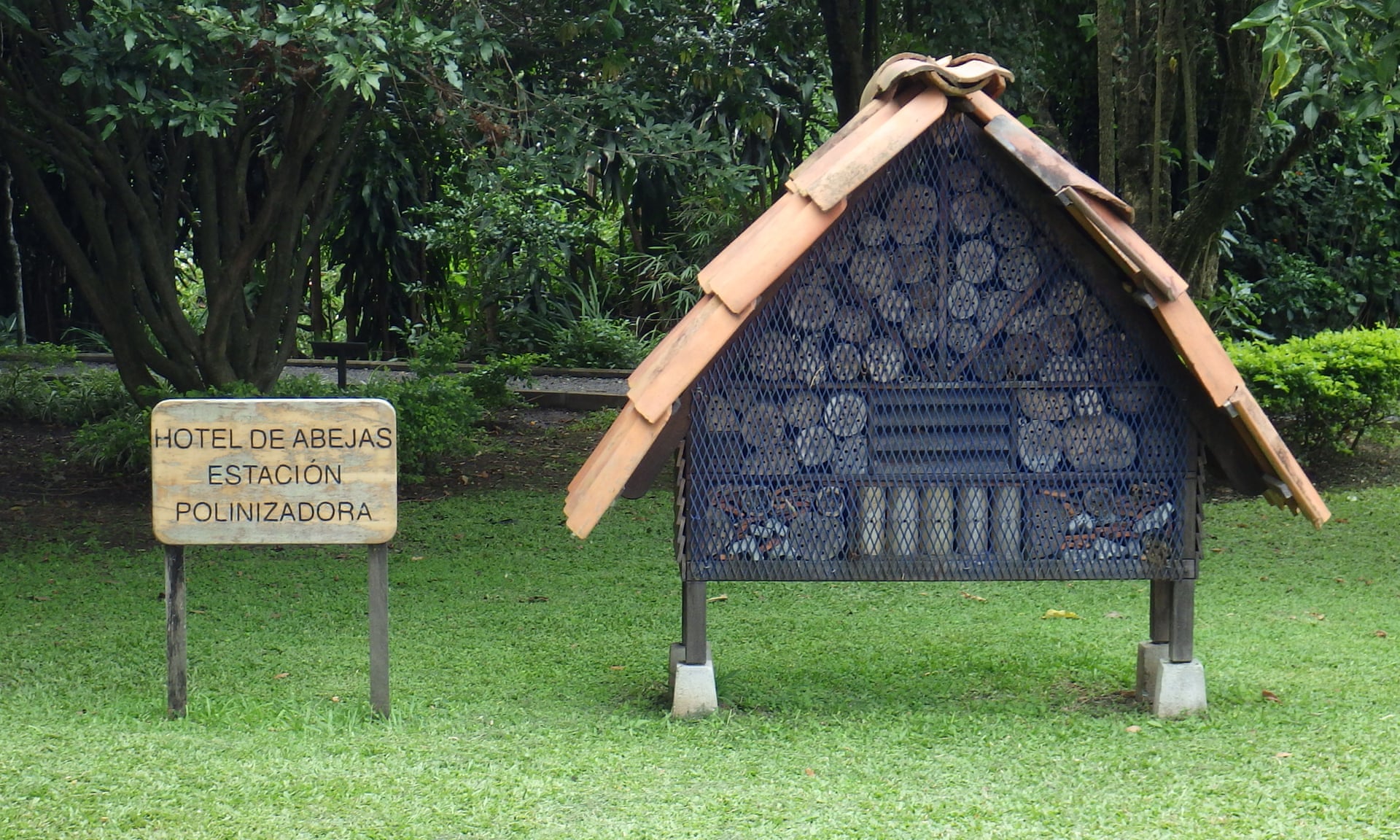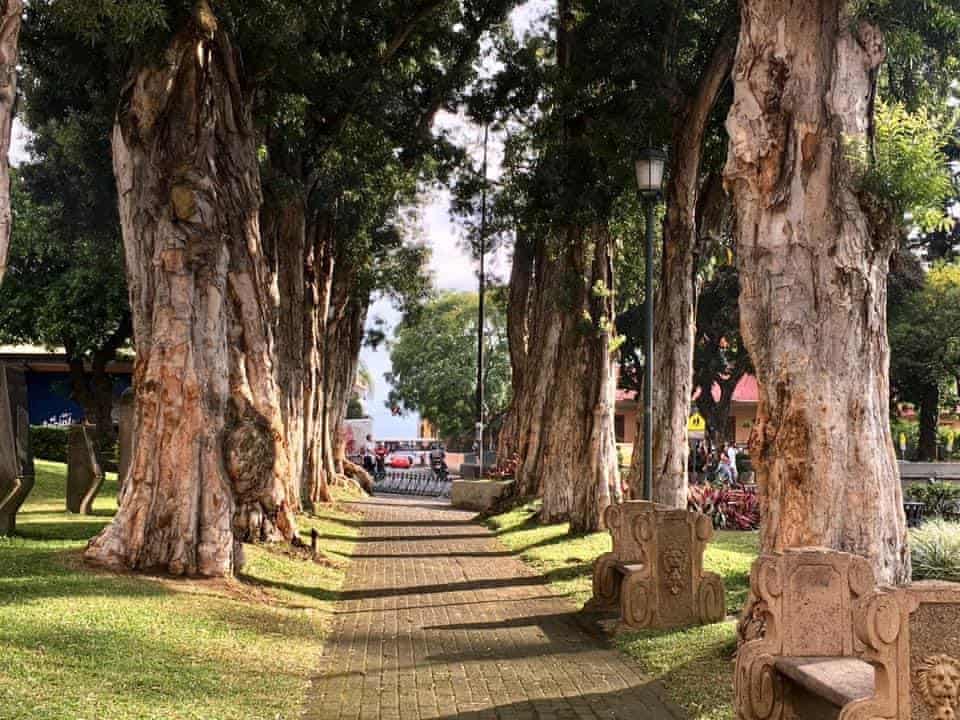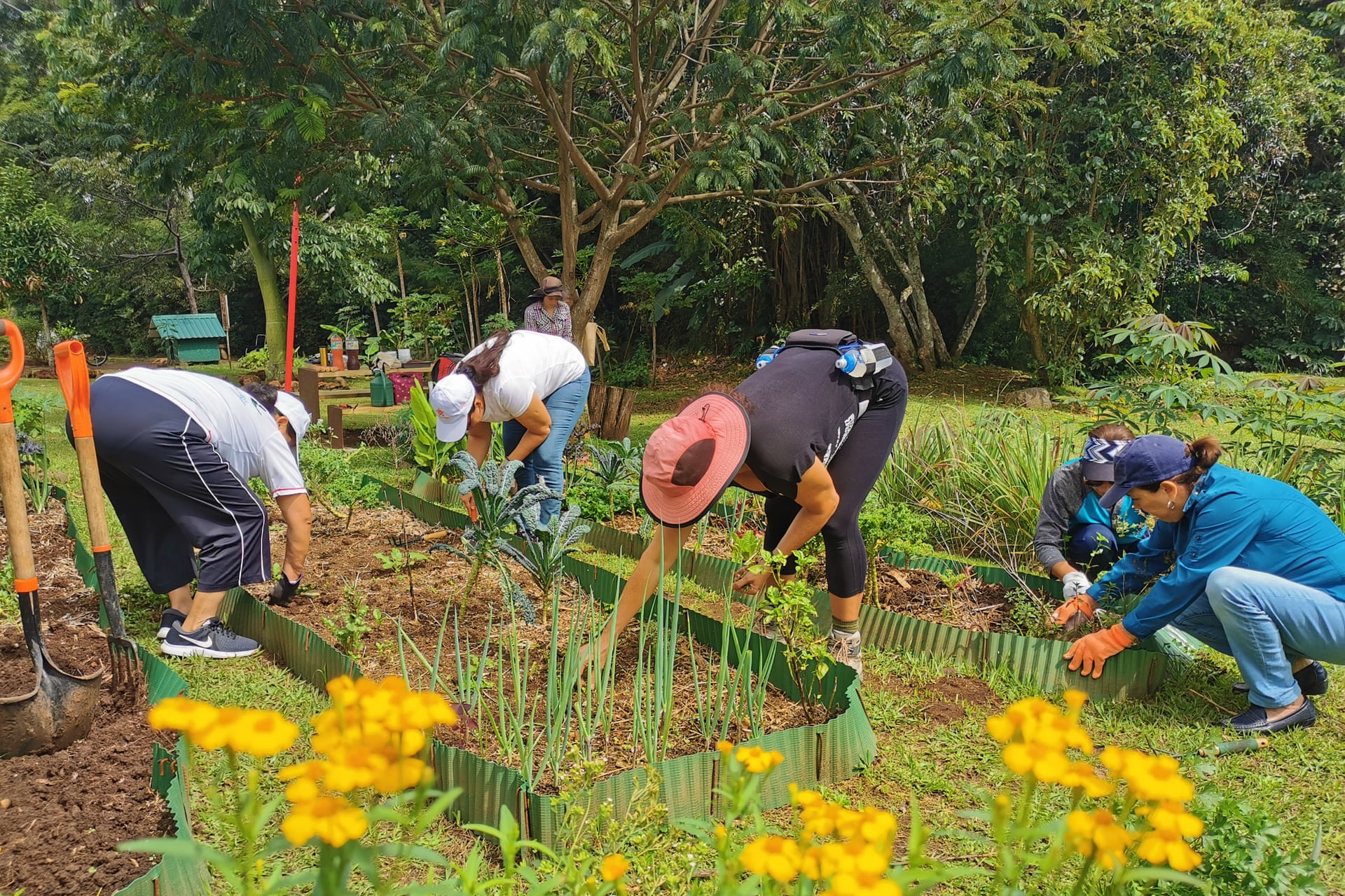
- Inspiring People -
- 4mins -
- 751 views
COSTA RICAN CITY GRANTS CITIZENSHIP TO BEES AND TREES
“Sweet City” Curridabat in Costa Rica has granted citizenship to pollinators—including bees, hummingbirds, bats, and butterflies—along with native plants and trees.
How the Costa Rican suburb of Curridabat has become “Sweet City”
Curridabat is an area transformed into a chrysalis: this suburb of the capital of Costa Rica has been revolutionised by pollination: today, thanks to an innovative project, it proudly bears the nickname of “Ciudad Dulce”, or “Sweet City.”

This vision is developed by experience and inspired by nature
In Curridabat they want to make bees, bats, hummingbirds and butterflies feel at home, as part of an ambitious project started more than a decade ago to promote pollination and enrich the biodiversity of this Costa Rican town.
As former education minister Edgar Mora told The Guardian, "pollinators are the consultants of the natural world, supreme reproducers, and they don’t charge for it." Thus, the plan was based on turning each street into a bio-corridor and each neighborhood into an ecosystem.
To strengthen that relationship, officials pledged to make each pollinator an honorary citizen of the municipality. Today, that commitment is paying dividends, as what was once a modest suburb of the city has blossomed to earn the nickname “Ciudad Dulce” (Sweet City), alluding to all the honey produced.
The streets and infrastructures of Curridabat are characterised by the presence of green corridors and exuberant foliage, facilitating that bees and other pollinators, as well as trees and plants, have enough space to live and prosper among the more than 72,000 humans in the municipality.
It is a circular and win-win principle, as residents benefit from air quality, integration with nature, and shade from the scorching summer heat. The vegetation that runs through the veins of Curridabat is conceived, as part of the reforestation project, to absorb air pollution.
"Other Latin American cities have been copying visions of European cities," Irene García, who oversees the Sweet City Project, told Design Exchange. “They are not similar to our context. This vision is developed by our own experience and is inspired by nature”.
With Sweet City, the forest regains its rightful place as the most important part of Curridabat, and the city takes on secondary importance. "We do not say the forest in the city, we say the city in the forest," Garcia recalls, making visible the humility that human beings should feel as part of nature, and not as its owner.
Source: Ticbeat.com

All of this extra greenery gives the “pollinator gang” more places to work
Since 2015, the Sweet City initiative has created community events where residents plant native Curridabat flowers and trees, and even some exotic plants. Citizens, businesses and institutions receive the Sweet City Greenery Guide, a document detailing what and how to plant. Anyone from elementary school children to the elderly can learn which plants will bear fruit, which creatures prefer which vegetation, and which types are medicinal and have beneficial uses for gastronomy and human health.
Awareness, shared knowledge and care for the common good are transforming axes of the project: each citizen is informed about the ideal climatic conditions for each plant, the irrigation regime required for growth, the urban context where they should be planted, and other data of interest. All of this extra greenery gives the “pollinator gang” more places to work.
As thousands of these creatures re-pollinate Curridabat, the city becomes sweeter and everyone’s health improves, proving that nature is free, effective and healing if allowed to thrive.
For more details on the entire project and vision, including maps, infographics, statistics and forecasts, you can read or download the free PDF (in English): ‘Curridabat: Sweet City A city modelling approach based pollination‘
Source: Ticbeat.com


